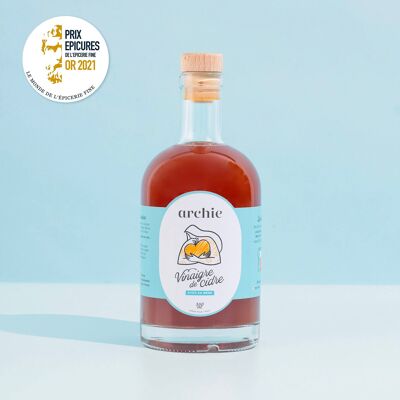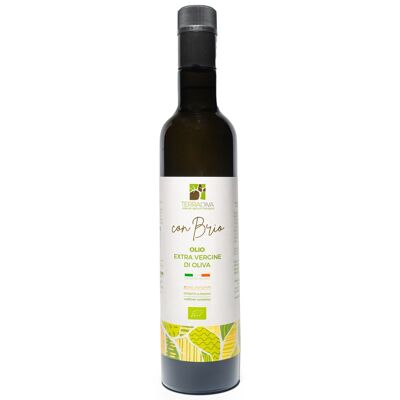
Organic Apple Cider Vinegar 500ML • Archie / Organic Apple Cider Vinegar 500ML
archie archie
See the wholesale price
Category



























































